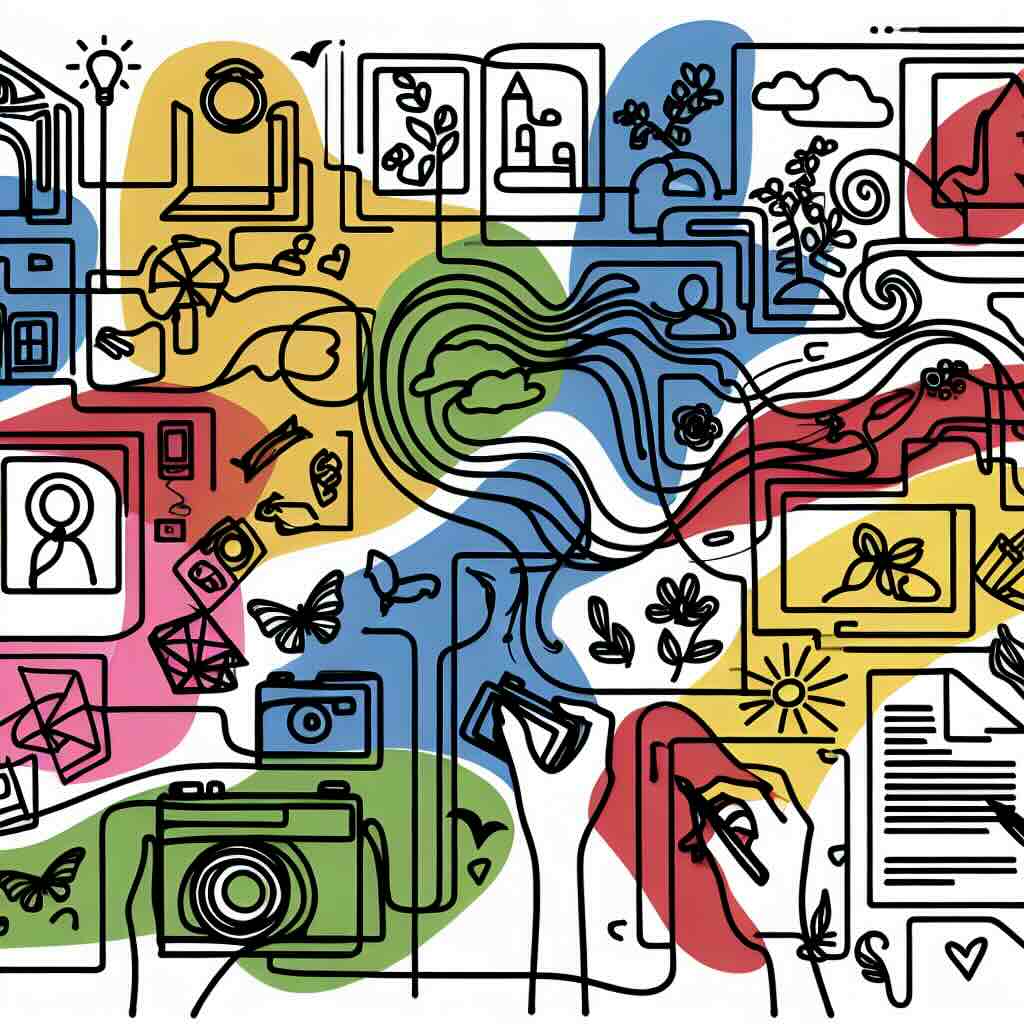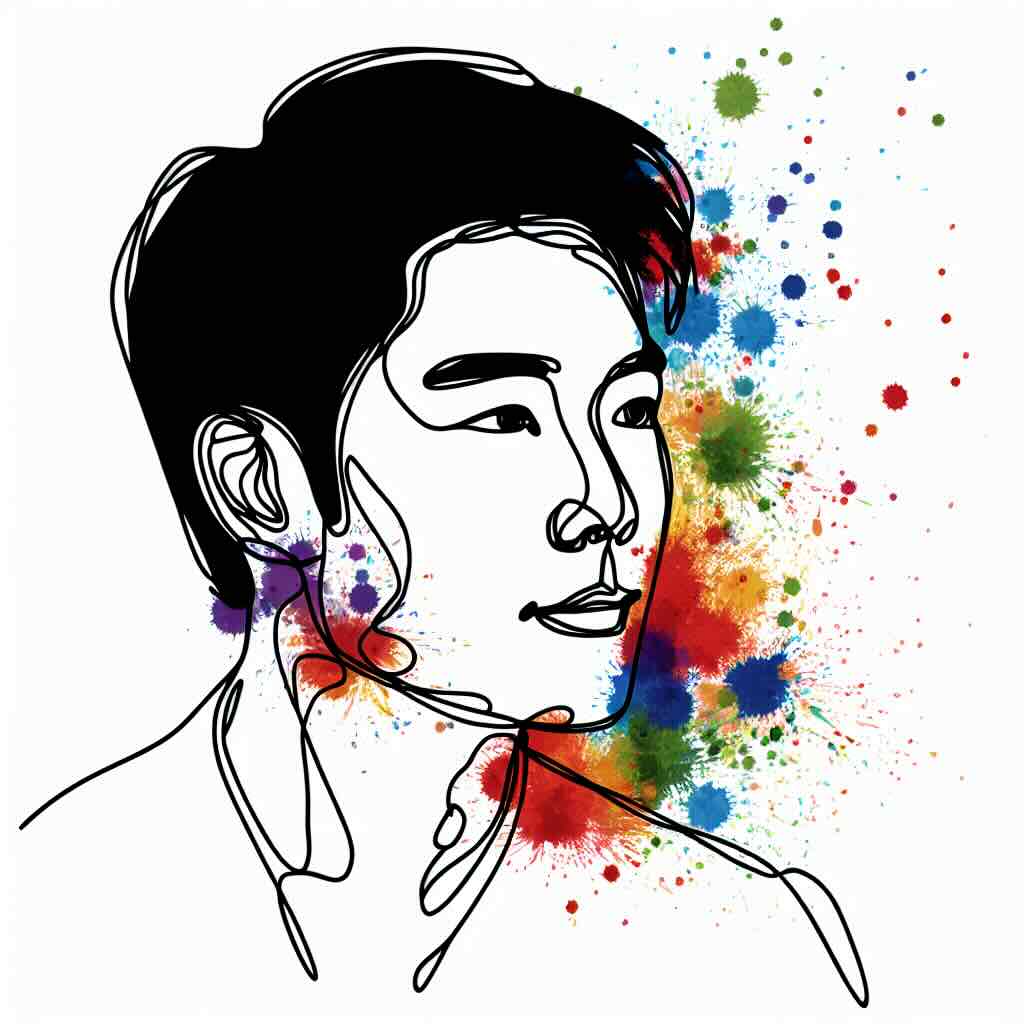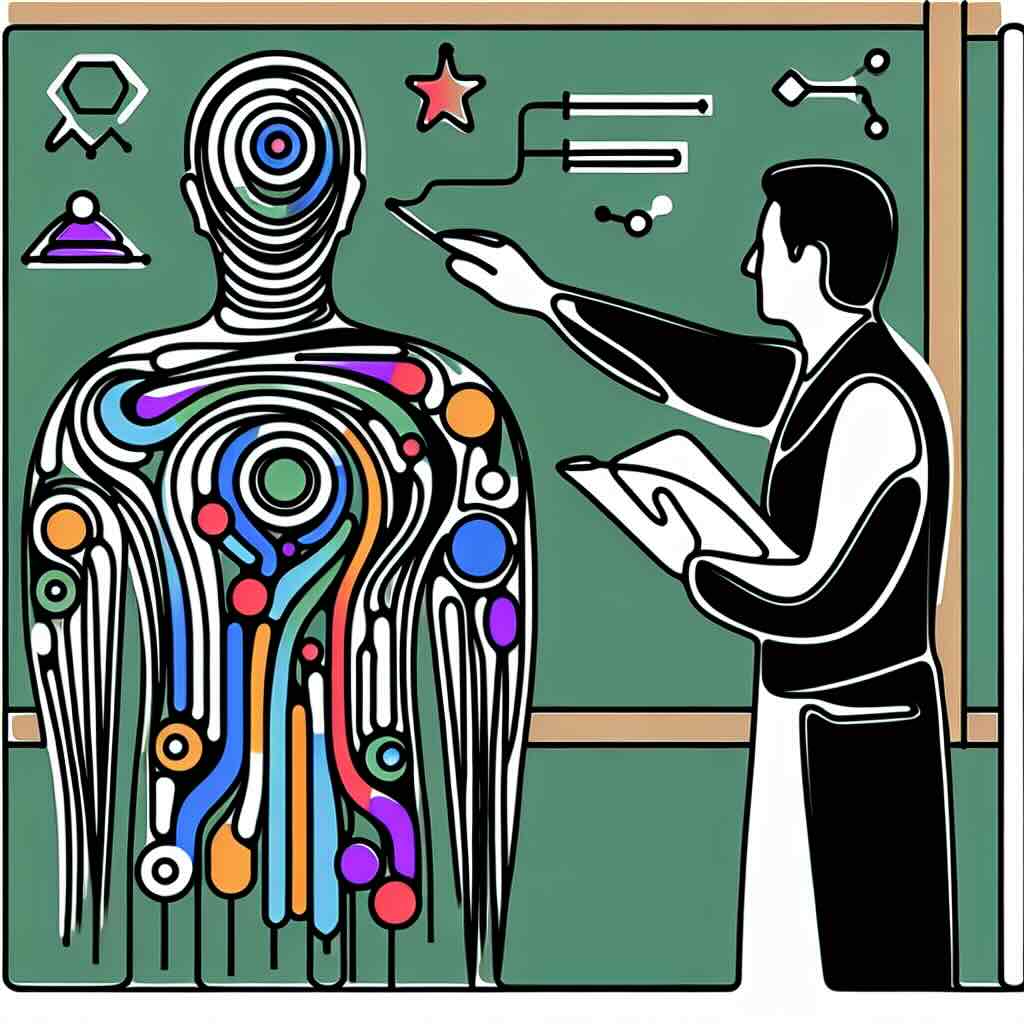The ASSURE model remains a valuable framework for instructional and learning designers. When combined with Coursensu’s structured, visual approach to storyboarding, it provides a clear, collaborative path to better course design. By analysing learners, setting clear objectives, selecting and utilising media effectively, designing for participation and building evaluation into your workflow, you can deliver learner-focused courses that meet outcomes and exceed expectations. Most importantly, treating this as a cycle allows you to improve continuously, get stakeholder input earlier, and avoid waiting for learners to discover issues that could have been addressed at the design stage.
Table of Contents
- Introduction: what is the ASSURE model?
- Analyse learners: start with understanding the audience
- State objectives and outcomes: set the direction early
- Select methods and media: make design decisions early
- Utilise media and materials: reuse, adapt and generate
- Require learner participation: keep learning active
- Evaluate and revise: build this into the design process
- One thing you can try today
- Why Coursensu is built for this model
- A continuous, learner-focused cycle
Introduction: what is the ASSURE model?
The ASSURE model is a structured instructional design framework used to plan and deliver effective learning experiences. Its name is an acronym for six stages:
- Analyse learners
- State objectives
- Select methods and media
- Utilise media and materials
- Require learner participation,
- Evaluate and revise.
Each stage guides educators and designers through key considerations when developing instruction, ensuring that learning is purposeful, engaging and measurable.
At Coursensu, this framework aligns naturally with the way we help learning designers structure, storyboard and develop courses. When combined with Coursensu’s features, the ASSURE model provides a clear roadmap for building better courses, making efficient use of time and enabling meaningful collaboration with stakeholders.
Let’s walk through each stage and see how it maps to learning design storyboarding in Coursensu. We have added simple examples of how it improves both the design process and the learner experience.
Analyse learners: Start with understanding the audience
The first stage of the ASSURE model emphasises learner analysis. Before storyboarding begins, it is critical to understand who the learners are, what their needs and prior knowledge look like, and how they will interact with the learning experience.
This insight can be captured early as part of your design structure. You can document learner personas and highlight key learner characteristics directly in your storyboard. For example, when creating a new online training module for frontline retail staff, you might document that learners have varying levels of prior experience with point-of-sale systems and will be completing training in short bursts between shifts. Capturing this information ensures that the rest of the design aligns with real learner contexts.
State objectives and outcomes: Set the direction early
The second stage requires learning designers to state clear objectives. Well-crafted learning objectives give direction and purpose to your storyboard and allow all stakeholders to align on what the course is trying to achieve.
We have made this part of the process easy by explicitly defining and visually mapping learning outcomes as part of the storyboard structure. This helps ensure every activity and resource is aligned with outcomes right from the start. For example, you may set an outcome such as “Demonstrate correct use of the returns process at the till”, ensure all subsequent content and activities directly support this goal and then make a visual connection between the activities and the outcome. You can do all of this, in Coursensu.
Select methods and media: Make design decisions early
With objectives in place, the next step is selecting methods and media. This is where you choose the instructional strategies, formats and technologies that will support your outcomes.
In Coursensu, this becomes a core part of the storyboard itself. You can plan your use of videos, scenarios, quizzes, or discussions and place them within the sequence of the design. This helps identify the best ways to teach or train your audience, while also ensuring variety and relevance. For instance, for retail staff needing to learn how to process a refund, you may select a short video demonstration followed by an interactive quiz, and storyboard these together with supporting materials.
Utilise media and materials: Reuse, adapt and generate
The fourth stage involves making use of your selected media and materials. This includes sourcing, adapting or creating them. In Coursensu, this can also include reusing content from past projects, applying your own templates, or generating content with AI.
For example, if you have previously designed a scenario-based activity on customer complaints, you could reuse this and tailor it for the new course. The ability to rapidly reuse and adapt saves time and ensures consistency in quality and tone.
Coursensu also allows teams to configure their own AI prompts, ensuring that AI-generated content meets organisational standards and design criteria, while remaining in context. This makes it easier to populate your storyboard efficiently and keep design momentum.
Require learner participation: Keep learning active
ASSURE highlights the importance of learner participation. The focus here is not just on delivering content but designing ways for learners to engage, apply and reflect.
In Coursensu, this means ensuring that your storyboard includes activities that promote active learning. For example, after a video demonstration of a refund process, you could storyboard an interactive activity that simulates a till interface and requires the learner to process a refund. By thinking about learner participation at the design stage, you ensure that the experience is not just content-heavy but learner-centred.
Evaluate and revise: Build this into the design process
Evaluation should not be left until after learners experience the course. The ASSURE model encourages continuous evaluation and revision throughout design and delivery.
Coursensu supports this by enabling teams to review, share and iterate on storyboards easily. Stakeholders can comment, review alignment with objectives and identify improvements before anything reaches the learner. This leads to fewer surprises at launch, more opportunities for improvement early on, and better alignment across teams.
For example, as you review your retail training storyboard, stakeholders may suggest adding scenarios for handling difficult returns, feedback you can easily incorporate before production begins.
One thing you can try today
Pick one segment of the ASSURE model, perhaps analysing your learners or writing clearer learning objectives, and focus on how you will apply it in your next design. Even a small improvement in one area can have a positive impact across the entire learning experience and make your design process more efficient.
Why Coursensu is built for this model
The workflow in Coursensu naturally reflects the cyclic nature of the ASSURE model. The platform allows you to storyboard quickly, revisit earlier decisions, adjust alignment, refine activities and integrate stakeholder feedback and to capture this before committing to full production.
The more you do at the design stage, the easier it becomes to secure stakeholder buy-in, avoid expensive changes later and create an experience that meets learner needs from day one. Coursensu ensures that every phase of the ASSURE model is supported directly in the platform and that learning designers can move seamlessly between analysis, design and review without leaving the workspace.
A continuous, learner-focused cycle
The ASSURE model is cyclical, which means each completed project gives you insight and experience to feed into the next. When used as part of your learning design process in Coursensu, it encourages a culture of proactive design, where quality is prioritised early and refinements happen before delivery.
By following the stages of analyse, state, select, utilise, require and evaluate, and by embedding these in your storyboards, you are not waiting for learners to discover problems. Instead, you are mitigating those issues through thoughtful design and delivering courses that are aligned, engaging and effective from the outset.







